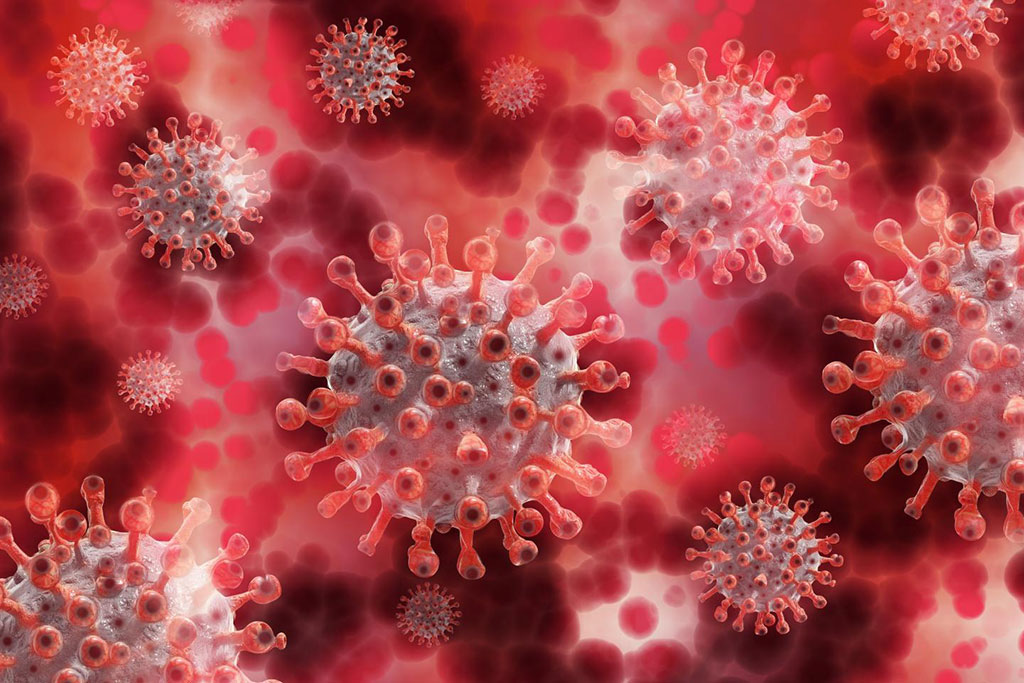Blood Test That Quantifies Protein ACE2 and ACE2 Fragments Can Monitor SARS-CoV-2 Infection
By LabMedica International staff writers
Posted on 14 Jul 2021
A blood test that quantifies the protein ACE2, the cellular protein which allows entry of the coronavirus into cells, as well as ACE2 fragments, produced as a result of interaction with the virus, could be a simple and effective method for monitoring SARS-CoV-2 infection.Posted on 14 Jul 2021
A study carried out by the UMH-CSIC Neurosciences Institute (Alicante, Spain) during the first wave of the pandemic, found that patients with COVID-19, in the acute phase of infection, have significantly reduced plasma levels of the full-length ACE2 protein, which SARS-CoV-2 binds to enter cells, compared to non-infected controls. In addition, the plasma levels of a lower molecular mass (70 kDa) ACE2 fragment, generated as a result of interaction with the virus, are increased.

Illustration
These abnormal levels of ACE2 and truncated ACE2 (70 kDa fragment) return to normal after the patients' recovery. This suggests that both forms of ACE2 present in plasma could be used as a good biomarker of the evolution of coronavirus infection. In addition, truncated ACE2 levels served to discriminate between patients infected with SARS-CoV-2 and those infected with influenza A virus. Although the main research line of the group is Alzheimer's Disease, the "similarities" of ACE2 to core proteins of Alzheimer's disease pathology, such as beta-amyloid precursor protein (APP), also cell membrane resident proteins, led the researchers to think that perhaps ACE2 could be present in plasma, providing information on its interaction with the coronavirus.
"In this work we have studied the plasma levels of the coronavirus receptor, the ACE2 protein, and we have been able to determine that there are different forms of the protein in plasma, and that part of the soluble ACE2 are proteolytic fragments of the ACE2 receptor, generated subsequently to interaction with the virus. The full-length protein is also found in plasma, which provides information about tissue affection during infection," explained Javier Sáez-Valero from the UMH-CSIC Neurosciences Institute, who led the study.
"Our approach to this research line was the possibility that soluble ACE2 protein can serve as a read-out during infection with COVID-19. This hypothesis originates from our expertise in Alzheimer's disease. In this neurodegenerative disease we investigate proteins, such as APP, that are present in the cerebrospinal fluid. APP is also a membrane protein that is processed by the same molecular tools as ACE2, enzymes called secretases, which process several membrane proteins into different fragments. This phenomenon was the clue that led us to think that ACE2 protein fragments, but also the full-length protein, are present in plasma. Thus, we have the possibility of investigating this protein as a possible biomarker," explained Sáez-Valero.
Related Links:
UMH-CSIC Neurosciences Institute













